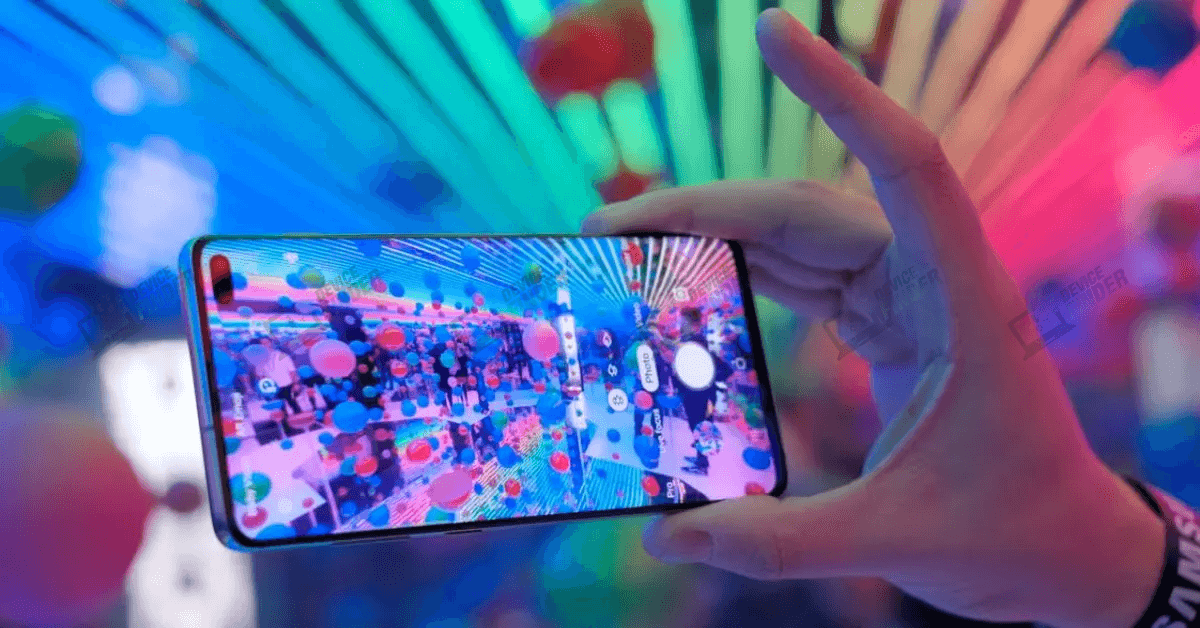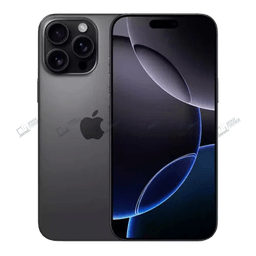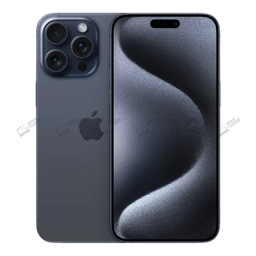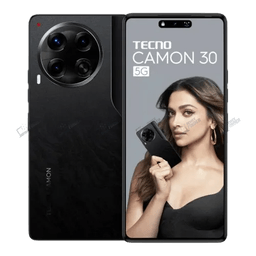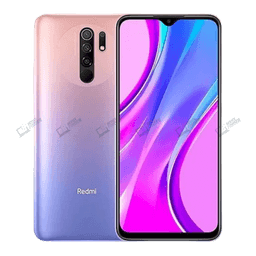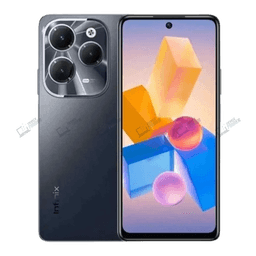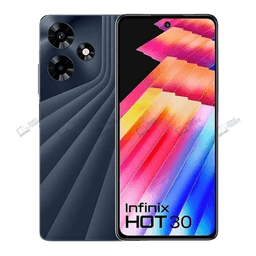How Super AMOLED Technology Works?
Pixel architecture and self-emissive Nature
A super AMOLED screen has a non-emitting pixel structure. This means that each pixel produces its own light. There is not a need for backlight as in LCDs. The pixels are individually turned on/off to achieve perfect blacks with deep contrast. The pixels in these phones are often arranged using PenTile or RGB matrix layouts. This structure is designed to allow for better image sharpness and power management.
Role of organic compounds in Light Emission
Super AMOLED is based on materials which emit light as electricity flows through them. These Organic Light-Emitting Diodes (OLEDs) are layered on a TFT backplane in order to control the pixel behaviour.
- The organic compound that produces the vibrant colours blue, green, and red work in conjunction.
- The battery is more efficient because only the lit pixels are using energy.
Explained: Integrated Touch Functionality
Super AMOLED, unlike traditional AMOLED screens with an touch panel on the outside of the display panel , integrates touch sensors into the LCD screen panel . The screen is thinner and more responsive.
Bangladeshi Users: Benefits
- A more sensitive touchscreen
- Devices with Thinner Designs
- Low-reflectance is better for outdoor use
